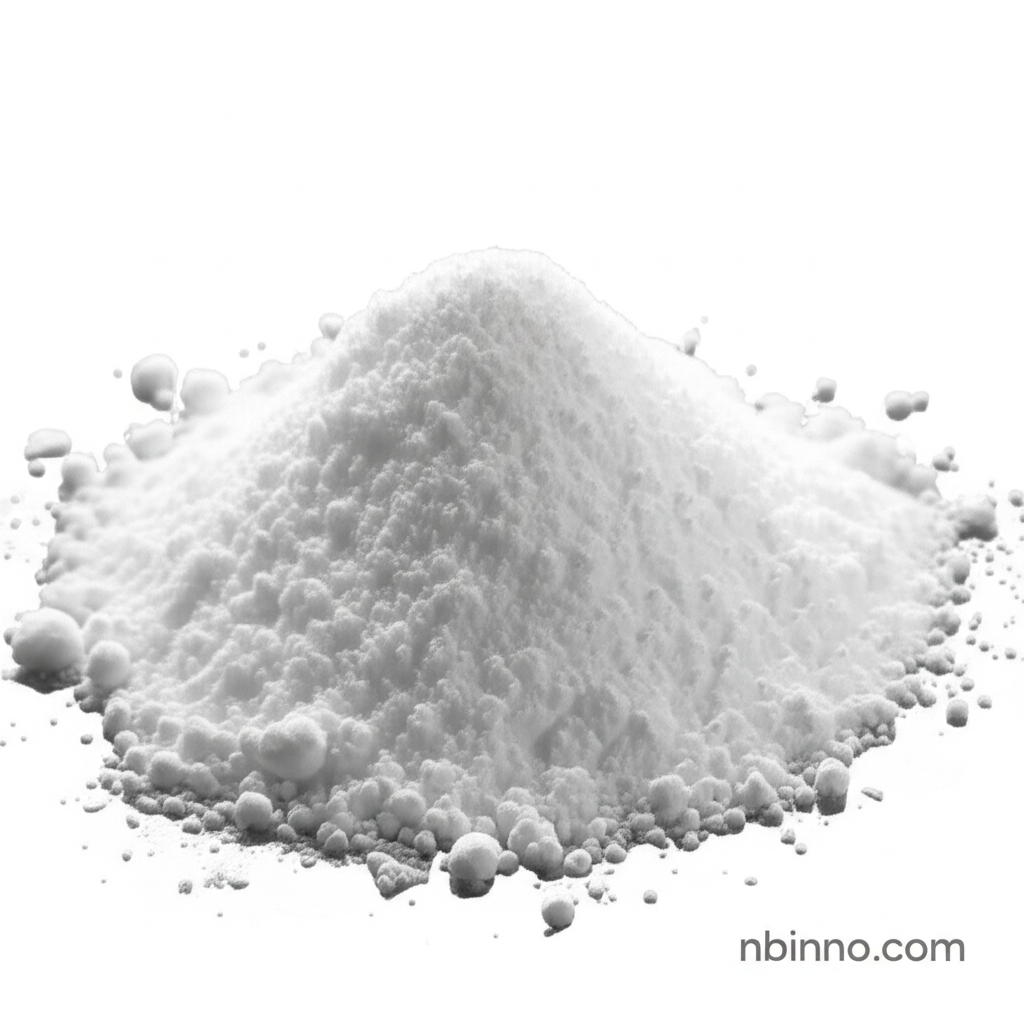Cetrimonium Bromide (CTAB): A Versatile Cationic Surfactant
Explore the comprehensive uses of Cetrimonium Bromide, from advanced research to everyday personal care.
Get a Quote & SampleProduct Core Value

Cetrimonium Bromide
Cetrimonium Bromide (CTAB) is a powerful cationic surfactant with a wide array of applications. Its unique chemical structure makes it invaluable in cosmetic formulations for its conditioning and antistatic properties, while its role in scientific research, particularly in DNA extraction and nanoparticle synthesis, highlights its versatility.
- Leverage Cetrimonium Bromide for effective DNA extraction protocols, ensuring high purity of genetic material.
- Utilize CTAB in gold nanoparticle synthesis to control particle size and morphology for advanced applications.
- Benefit from Cetrimonium Bromide's excellent emulsifying and antistatic properties in premium hair care products.
- Discover the antiseptic capabilities of Cetrimonium Bromide, a key component in topical treatments.
Key Advantages Offered
Superior Conditioning Properties
As a cationic surfactant, Cetrimonium Bromide adsorbs onto hair surfaces, imparting softness, shine, and manageability, making it a prime choice for hair conditioners.
Advanced Material Science Applications
The role of Cetrimonium Bromide in creating ordered mesoporous materials and guiding gold nanoparticle growth showcases its importance in cutting-edge scientific research.
Efficient Cell Lysis Agent
In molecular biology, CTAB is essential for cell lysis and preserving DNA integrity during extraction, crucial for reliable genetic analysis.
Key Applications
Cosmetic Formulations
Cetrimonium Bromide is widely used in shampoos, conditioners, and hair masks for its conditioning, antistatic, and emulsifying benefits, contributing to smooth and manageable hair.
Biotechnology & Research
It serves as a critical component in DNA extraction buffers, facilitating cell lysis and the purification of nucleic acids for genetic studies.
Nanomaterial Synthesis
CTAB acts as a templating agent and stabilizer in the synthesis of various nanoparticles, including gold nanoparticles and mesoporous silica, for applications in catalysis and medicine.
Antiseptic & Disinfectant Use
Recognized for its antimicrobial properties, it is used in topical antiseptics and as a component in disinfectant preparations.
Related Technical Articles & Resources
Why Choose Us?
Leverage our expertise and state-of-the-art infrastructure to accelerate your journey from discovery to commercial success.
Global Experience
With 20 years of R&D, manufacturing, and sales experience, we proudly serve clients across 60 countries and regions worldwide.
Advanced Facilities
Our in-house R&D laboratory, pilot platform, and large-scale production workshop are equipped to meet the audit requirements of global customers.
Seamless Scalability
We facilitate a perfect transition from small-scale lab requirements (grams) to full commercialization (hundreds of tons).
